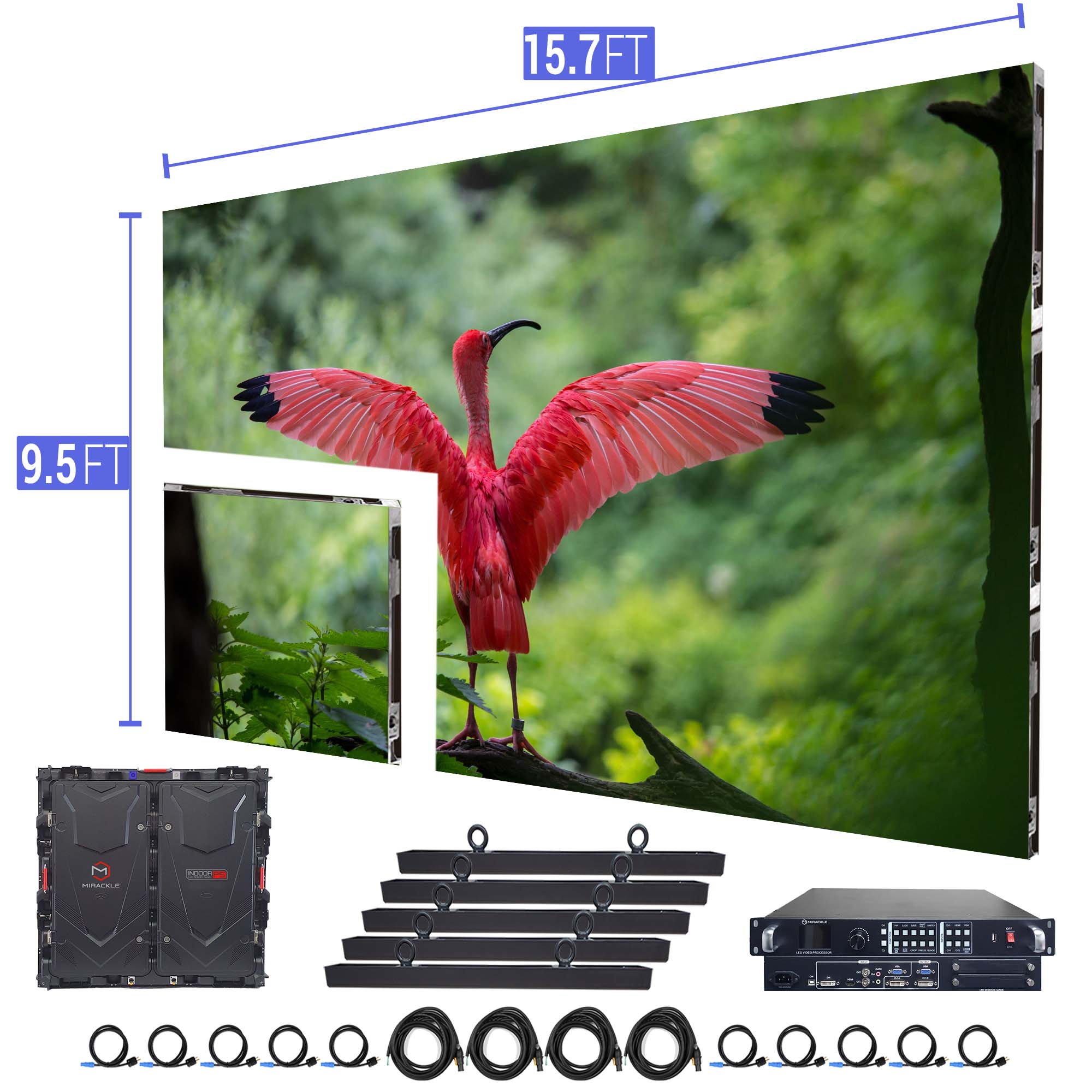Mastering the Art of Hue Calibration for Stunning Imagery on LED Screens
Wiki Article
Color calibration is an essential process for achieving stunning images on LED walls. LED walls are widely used in various settings, such as musical events, conferences, and advertising presentations. These walls consist of many small light-emitting diodes that create pictures and footage. However, if the hues are not adjusted properly, the images can appear flat or warped. Color calibration ensures that the colors shown on the light-emitting diode screen are precise and lively, enhancing the complete watching encounter.
The first step in color calibration is comprehending the hue spectrum. Hue spectrum refers to the scope of colors that can be displayed on a screen. Various devices, such as cameras and displays, may use varied hue spectra. Common color spectra include sRGB, Adobe's RGB, and DCI-P3. Knowing which hue spectrum the light-emitting diode screen uses is vital for proper calibration. This knowledge helps in adjusting the hues to align the desired result, guaranteeing that the visuals look as they were intended to be viewed.

Subsequently, using a color calibration device is essential for obtaining accurate results. These tools can be hardware devices or program tools designed to assess and modify colors. A colorimeter is a popular hardware device that measures the hues displayed on the LED wall. It provides data on how the colors appear compared to the reference metrics. By using this information, modifications can be made moved here to the light-emitting diode screen configurations, such as brightness, contrast, and hue balance. This process helps in aligning the shown hues with the intended hue benchmarks.
Another crucial factor of hue tuning is surrounding illumination evaluation. The lighting in the environment where the light-emitting diode wall is situated can greatly influence how hues are seen. For instance, intense surrounding illumination can wash out hues, making them look less lively. Therefore, it is crucial to assess the illumination environment before tuning the LED wall. Adjustments may need to be made to the wall's brightness and contrast settings to compensate for the surrounding light. This ensures that the colors remain vivid and true to their intended look.
In conclusion, regular upkeep and re-tuning are essential to maintain the light-emitting diode screen operating at its best. Over time, the colors on the LED wall may drift due to factors like aging components or variations in the surroundings. Regularly scheduled calibrations help to maintain color accuracy and consistency. It is also advantageous to maintain a log of tuning configurations and outcomes. This documentation can assist in spotting trends or issues that may occur, enabling for timely adjustments. By prioritizing color calibration, operators can guarantee that their light-emitting diode screens provide breathtaking visuals that captivate viewers.